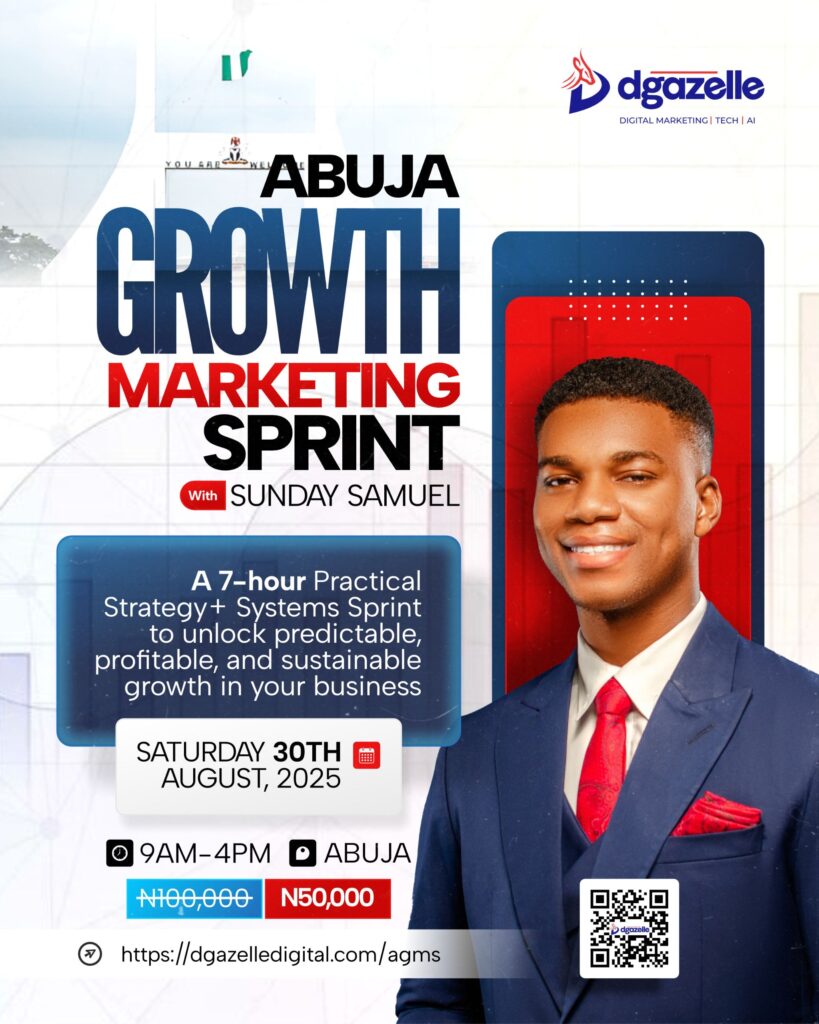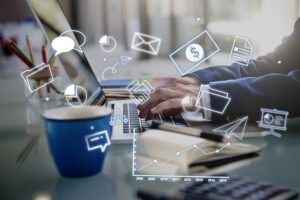Has your content ever been a one-hit wonder? You know — that one blog post or video that did great, then vanished into digital obscurity? If so, you’re probably sitting on a goldmine without realizing it.
Creating great content takes time and effort. You brainstorm ideas, research key phrases, check competitors, write, optimize, design graphics, and promote — only for it to fade away after a few clicks and shares. Exhausting, right? And the thought of starting from scratch again feels like running on a never-ending content treadmill.
But here’s the good news: You don’t need to keep creating content from scratch to make an impact.
What if you could take that one piece of content — your best-performing blog, webinar, or podcast episode — and multiply its reach across multiple channels without sounding repetitive? That’s where content atomization comes in.
Think of it like turning a single brick into an entire building. You break down one core content piece into several smaller, tailored pieces that fit various platforms and audience preferences.
As content marketing expert Joe Pulizzi puts it:
“The easiest way to turn off your community is to broadcast the same message across multiple channels. Instead, determine the kind of content that interests your audience in a way that’s useful to them.”
So, what’s the smarter way to approach content?
It’s time to ditch the “create once, use once” approach. Content atomization helps your content work harder, last longer, and reach farther — all while saving you time and maximizing your ROI.
What Is Content Atomization? Making One Idea Work Harder
Imagine squeezing every last drop of value from a great piece of content — that’s content atomization in action. It’s a powerful way to multiply your content’s impact without multiplying your workload.
At its core, content atomization involves taking one big content idea and breaking it into smaller, more digestible pieces that can live across multiple platforms. Whether it’s turning a blog post into a video series, an infographic, or social media posts — you get more reach without reinventing the wheel.
Why Content Atomization Works: The Key Benefits
- Resource Efficiency
Instead of constantly creating new content, atomization lets you stretch your existing content further. If your audience loved one idea, why not make the most of it? - Relevancy Across Channels
Your audience consumes content differently on each platform. Atomization helps you tailor your core message to fit each channel, making it feel fresh and relevant. - Built-In Amplification
The more places your content appears, the more touchpoints you create with your audience. Over time, this “everywhere effect” reinforces your message and builds familiarity.
Content Atomization vs. Content Repurposing: What’s the Difference?
At first glance, content atomization and content repurposing sound like the same thing. Both involve adapting existing content, but the difference lies in the execution: Let’s clarify this with a practical example:
- Repurposing:
You write a blog titled “The 10 Best Time Management Techniques.” You repurpose it by turning it into a social media carousel or a downloadable checklist. - Atomization:
You take that same blog and:- Create a short video explaining one of the techniques in detail.
- Write a guest post about overcoming procrastination using the blog’s insights.
- Build an infographic comparing time management strategies.
Why Both Strategies Matter
The best content marketers use both atomization and repurposing to maximize their efforts. While repurposing keeps your core content alive in different formats, atomization allows you to dive deeper into key ideas, creating fresh content that resonates across multiple channels.
When done right, content atomization turns your hard work into an ongoing content goldmine — driving visibility, engagement, and conversions without the constant hustle of creating from scratch.
How to Atomize Content:
Step 1: Choose a Strong Pillar Piece
Successful content atomization starts with selecting the right foundation—a pillar piece that provides plenty of material to break down and repurpose. But not just any content will do. Your pillar piece should be:
- Comprehensive: It covers the topic in significant depth. Think detailed guides, ebooks, or webinars.
- Evergreen: The core information remains relevant over time, ensuring the content stays valuable.
- High-quality: It must be engaging, well-researched, and insightful. The stronger your pillar content, the more impact your atomized content will have.
Why does pillar content matter? A weak pillar limits your atomization potential, leaving little room for creative repurposing. Instead, a well-chosen pillar ensures you have enough key insights to fuel an entire content strategy.
Examples of great pillar content: ebooks, whitepapers, research reports, blog guides, or webinars.
Step 2: Identify Core Themes and Subtopics
Dissecting your pillar content is essential for successful atomization. To start, look for core themes, key takeaways, and hidden insights that can stand alone as valuable content pieces. Here’s how to do it:
- Revisit Your Target Audience: What questions or challenges does your content address? Each solution can become a potential subtopic for different formats.
- Highlight Key Takeaways: Identify the main points your audience should remember. These takeaways can inspire blog posts, social media snippets, or videos.
- Find Nuggets of Information: Are there stats, stories, or case studies in your pillar content? These nuggets can become infographics, presentations, or short videos.
Step 3: Brainstorm Diverse Formats
Now comes the creative part! Take the subtopics from your pillar content and imagine all the ways you can transform them into fresh, engaging content across various formats.
Written Formats:
- Blog Posts: Expand each subtopic into a dedicated blog article.
- Social Media: Share quotes, stats, or tips on LinkedIn, Twitter, and Instagram.
Visual Formats:
- Infographics: Highlight key data points and comparisons visually.
- Presentations: Create SlideShares, webinar decks, or client pitches.
- Short Videos: Explain subtopics in quick videos for TikTok, YouTube Shorts, or Reels.
Beyond Written Content:
- Podcasts: Discuss subtopics in interviews or solo episodes.
- Email Series: Share bite-sized insights through email newsletters.
- Checklists/Guides: Make your content actionable with downloadable resources.
Pro Tip: Consider your audience. What platforms do they use? What formats will resonate most? Build a format list for each subtopic to maximize content output.
Step 4: Creation and Distribution Plan
Now that you’ve brainstormed content ideas, it’s time to align them with your distribution strategy to ensure they connect with the right audience at the right time.
Map Content to Platforms:
- Identify which formats perform best on different platforms (e.g., infographics on Instagram, blog posts for LinkedIn).
- Focus on platforms your audience already engages with.
Develop a Content Calendar:
- Plan and schedule your atomized content to maintain consistency.
- Use tools like Trello, Asana, or Notion to organize your workflow and track progress.
Repurpose with Purpose:
- Avoid identical content blasts. Adapt language, tone, and visuals to suit each platform’s audience and format.
Conclusion
We’ve explored how content atomization can take your existing content and amplify its impact. By strategically breaking down and repurposing what you already have, you unlock its full potential.
Content atomization isn’t about churning out endless new material. It’s about making smarter, more efficient use of what’s already working. This strategy can extend your reach, attract new followers, improve visibility, and solidify your position as a thought leader.
The Bottom Line: Content atomization is about working smarter, not harder. Ready to make your content work 10X harder and achieve greater results? Start atomizing today and watch your content marketing soar!
Ready to Make Your Content Work Harder?
At Dgazelle Digital, we specialize in turning your existing content into a powerful engine for growth. If you’re ready to amplify your online visibility and position your brand as an industry leader, let’s talk. Partner with us and watch your content marketing efforts skyrocket!
Get in touch today and let Dgazelle Digital help you atomize your content and achieve smarter, more efficient results.







